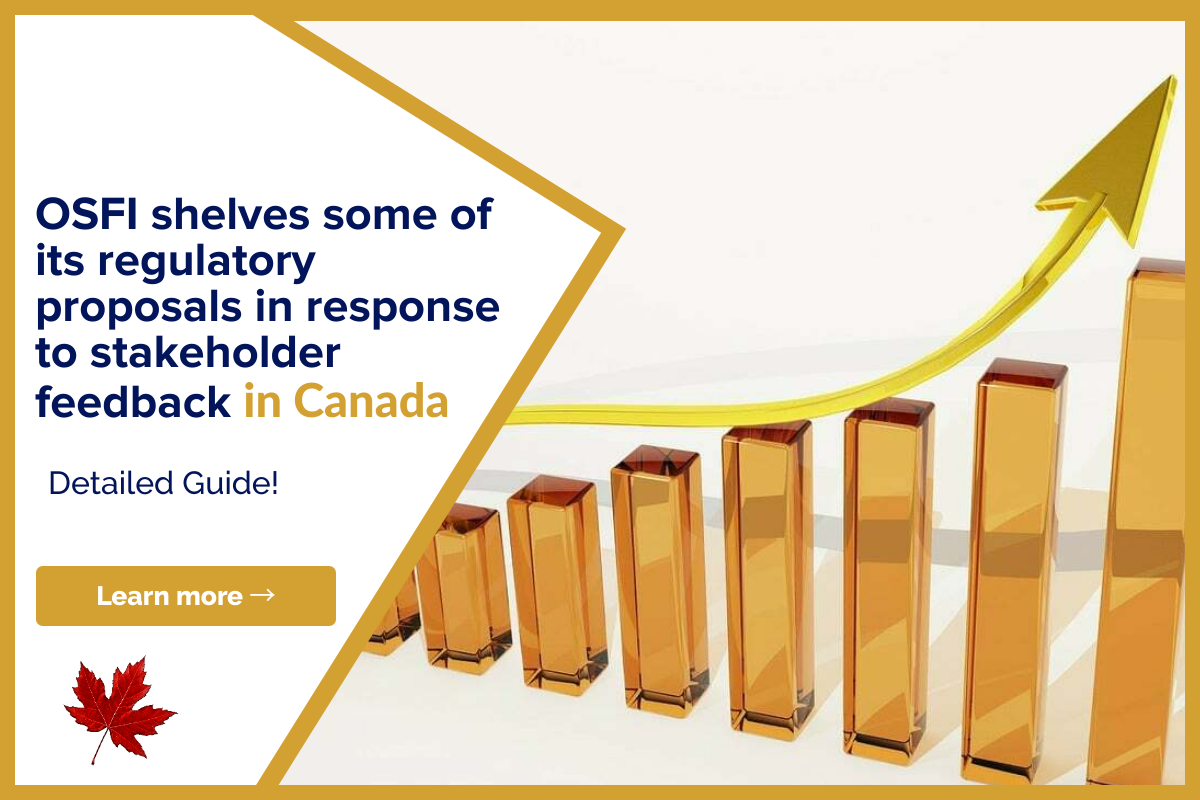During the early days of the mortgage business, brokers would require a lot of paperwork…

Bridge Financing Canada: How Do Bridge Loans Work?
Now you can listen to our blog, “Bridge Financing Canada: How Do Bridge Loans Work?” while on the go.
A bridge loan is a type of short-term financing that can assist homeowners to acquire a new house while their present one is being sold.
In other words, it can help you bridge the gap between mortgages without forcing you to sell your present house and live in a hotel or make an offer on a new property depending on your ability to sell the old one.
Bridge loans can help address problems, but they are costly and need a significant amount of equity in your current house. Before you apply, here’s what you should know.
 How do Bridge Loans work?
How do Bridge Loans work?
If you already own a property and want to buy another, the process can be complicated. In an ideal scenario, you’d sell your present home just in time to put a down payment on a new one with the proceeds. However, unless you obtain a bridging loan, the transitional process might become exceedingly stressful if this does not occur.
A bridge loan is a short-term loan (usually less than 12 months) that can give you the funds you need to purchase your new home regardless of whether or not you were able to sell your old one. The following is an example of how the procedure might work:
- A bridge loan allows you to tap into the equity of your current property.
- Use the loan money to put a down payment on your new property.
- Sell your old house and utilize the proceeds to pay off your bridge loan.
With a bridge loan, you can normally borrow up to 80% of the value of your present home’s loan-to-value ratio. So if you don’t have at least 20% equity, you might not be eligible straight away. If you do, but only just, you might not be able to recover enough money from the loan to make it worthwhile.
Because bridge loans are short-term loans, they often have higher interest rates than other home equity financing options. As a result, you may pay a few percentage points more in interest than you would on a traditional mortgage or home equity loan. Fees can be quite high, which raises the total cost of credit.
Read: 5 Easiest Loans to Get Online in Canada
Finally, bridge loan lenders typically have stringent credit and debt-to-income ratio requirements, especially if there’s a likelihood you’ll be making two mortgage payments for a long.
Benefits and Downsides of Bridge Loans
There are benefits and drawbacks to using a bridge loan to help you transfer to a new house more smoothly. Here are some things to think about.
Pros
1. There’s no need to move twice
If you sell your previous house before closing on the new one, you’ll almost certainly need to locate temporary accommodation while the process is completed. A bridge loan streamlines the process and allows you to move into your new home right away.
2. You have the option to make a more powerful offer
Making a contingent offer on a new home is an alternative to taking out a bridge loan. This means that your purchase offer is conditional on you selling your current residence. Unfortunately, these proposals create a lot of uncertainty for sellers, so they’ll be more likely to accept an offer without the contingency from another buyer. If you have a bridge loan, you can completely eliminate the contingency.
3. It can help you qualify for a cheaper interest rate
The larger your down payment, the lower your risk as a borrower. As a result, if you can make a large down payment, you may be eligible for a lower interest rate. A bridge loan can help you get that high down payment and possibly a cheaper interest rate if your current house hasn’t sold yet.
Cons
1. It can be quite costly
A bridge loan might be more expensive than other options, such as a home equity loan, due to fees and high-interest rates.
2. It’s difficult to qualify for
If you haven’t sold your present house yet, you’ll likely be making two mortgage payments for at least a month, if not longer. Bridge loan lenders may have strict credit and debt-to-income ratio restrictions for those who apply with that kind of financial burden.
3. You might not be able to get enough
Lenders of bridge loans often issue loans with a total loan-to-value ratio of up to 80%. This means that the total amount of your current mortgage loan and the bridge loan cannot exceed 80% of the home’s fair market value. If your loan-to-value ratio is already at 80% or not far below, you might not be able to borrow the money you need, making it a waste of money.
When Should You Take Out a Bridge Loan?
With the benefits and drawbacks of obtaining a bridge loan in mind, there are a few scenarios where it may or may not be a smart idea to apply.
A bridge loan may be appropriate in the following situations:
- Creditworthiness and equity standards determine your eligibility.
- Without the equity in your present house, you won’t be able to make a large enough down payment.
- You’re in a seller’s market and need to make the best possible offer.
- Conditional offers are not accepted by sellers in the area where you want to buy.
- You intend to sell your current home in the coming months.
- You don’t want to move twice or feel stranded in a temporary living arrangement.
A bridge loan, on the other hand, might not be worth it if:
- With a home equity loan, you can get a cheaper interest rate.
- You don’t know when you’ll be able to sell your current residence.
- You don’t need a bridging loan to make a reasonable down payment on your new home.
- You’re not sure you’ll be able to pay two mortgages and a bridge loan at the same time.
- Contingent offers are acceptable and expected in a buyer’s market.
- You’ve coordinated the selling of your current home with the purchase of your new one.
Whether you choose a bridge loan or one of the other options, it’s critical that you take your time before making a decision. Check your credit score to see where you stand and what you might be eligible for, then crunch the numbers on each choice for your personal scenario to discover which is the best fit.
You May Also Like: 5 Easiest Loans to Get Online in Canada
The Bottom Line
At Lionsgate, we specialize in helping people obtain funding private mortgages for land purchases as well as for other real estate transactions. If you are looking to buy land in Canada, get a mortgage or apply for a loan, leave us a message and we will try to connect you with local realtors and sourcing for financing.
If you found this article helpful, please share it with someone you care about. Also, visit our blog to read similar articles on mortgages.





